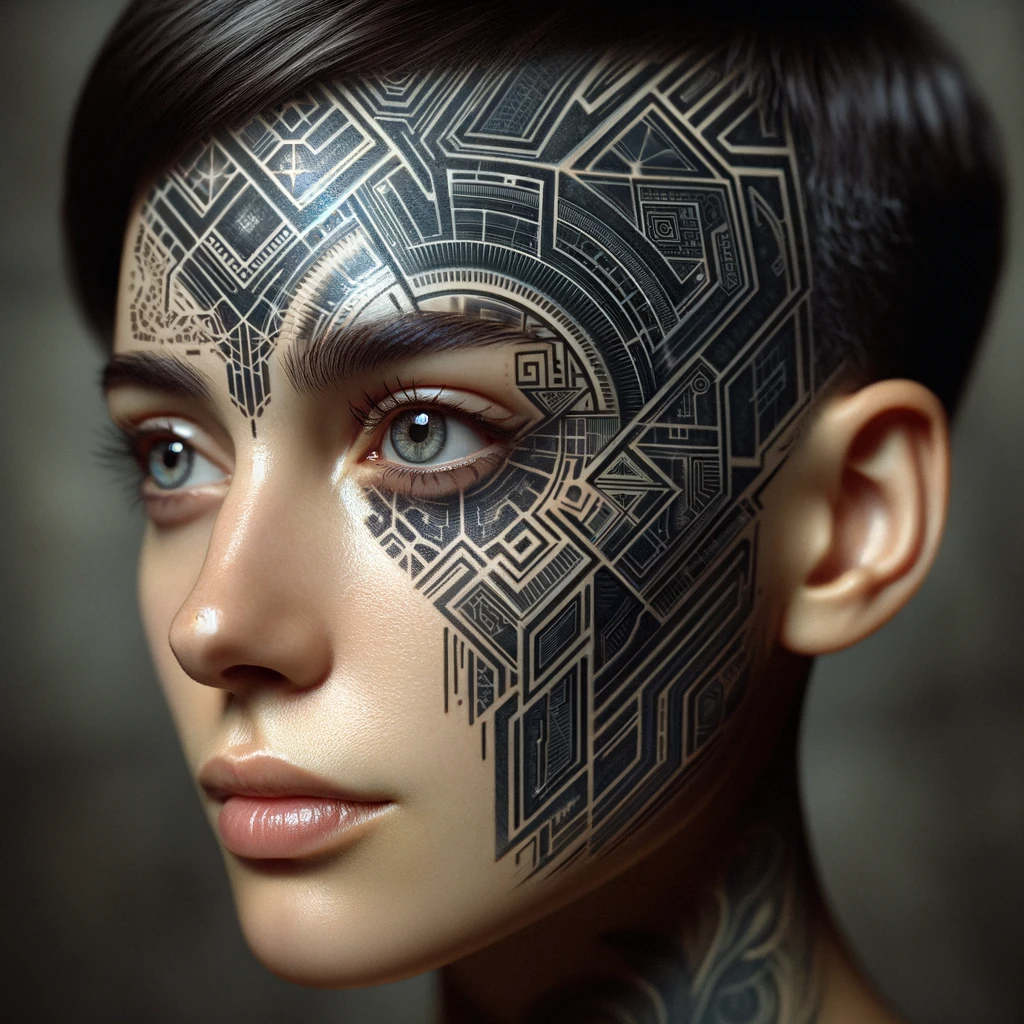Explore the Fascinating Symbolism Behind Tattoo Santa Muerte; Unveiling Hidden Meanings
– Santa Muerte is a female deity originating from Mexican culture
– The deity’s origins can be traced back to the ancient Aztec empire
– Santa Muerte is often depicted with a skull for a head and a skeleton body
– The cult of Santa Muerte has gained popularity in recent decades, particularly due to the cartel wars in Mexico
– It is estimated that the cult has over 10 million followers, with the majority in Mexico but also some in the United States and Central America
– Followers of Santa Muerte come from diverse groups and classes, including criminals, homosexuals, single mothers, and the poorest communities
– Santa Muerte is seen as a personification of death and is celebrated as a passageway to another state of existence
– Santa Muerte offers comfort and hope to those who need it and is seen as accepting of all, regardless of their background
– Santa Muerte tattoos are commonly used as a way of showing dedication to the deity and seeking protection from supernatural forces
– Some people get Santa Muerte tattoos for protection from incidents like robbery or accidental shootings
– Santa Muerte tattoos are believed to allow communication with the dead or to become vessels for supernatural forces to assist with tasks
– Some members of the Mexican criminal culture believe that Santa Muerte tattoos help them be successful and defeat their rivals
– Santa Muerte tattoos can symbolize courage, strength, spiritual growth, and wealth
– Different design options for Santa Muerte tattoos include black and big sleeve tattoos, small forearm tattoos, scary designs with skeleton heads, feminine designs with a girl’s face, colorful designs for a sexy and powerful look
– Large back tattoos can feature a praying Santa Muerte with a skull and skeleton hands, while adding flowers like roses can make it more feminine
– It is important to choose an artist with similar work or a style you appreciate and have a consultation to discuss the details of the process
– Day of the Dead tattoos are often commemorative, featuring skulls as a central theme
– Day of the Dead originated from Aztec rituals and was later merged with Catholic religious practices
– Calavera tattoos, depicting skulls, are the most common Day of the Dead tattoos, ranging from colorful candied skulls to goth cadaverous skulls
– Candied skulls are often cheery and colorful, featuring heart-shaped eye sockets and other decorative elements
– Portrait skulls capture the face of a departed friend or loved one with the attributes of a sugar skull enhancing the realism
– Day of the Dead tattoos can cover entire body parts such as shoulders, arms, backs, or calves
– Different types of Santa Muerte tattoos include portraits of deceased individuals, black and gray images representing mortality, famous faces with sugar skull makeup, symbolic accessories, and meaningful ornamentation related to Day of the Dead traditions
– Santa Muerte tattoos can include elements such as Mexican marigolds, memorial altars, tears, papel picados, fruit or bread, copal incense, and closed lips indicating death
– Colors used in Santa Muerte tattoos include red roses to represent passionate love, black representing death, purple representing grief and suffering, pink representing celebration, white representing hope and innocence, yellow and orange representing the marigold and the sun, and red representing blood and the Christian passion story of Jesus’ sacrifice and death.
